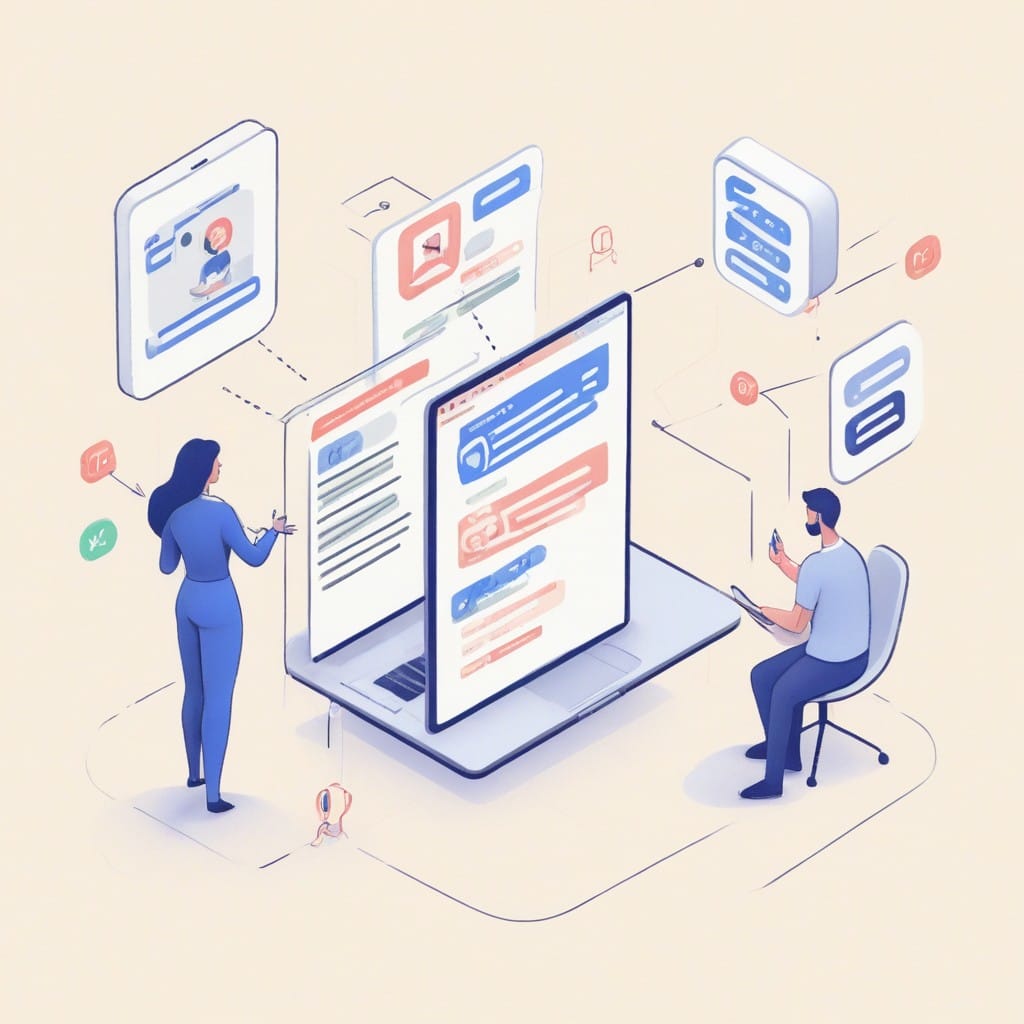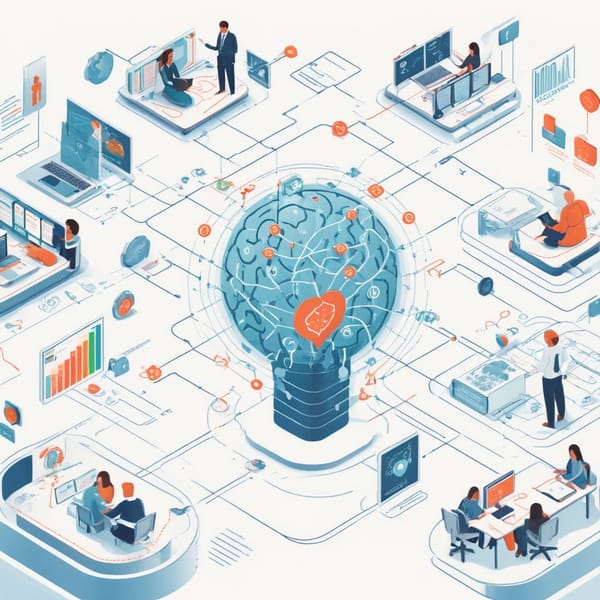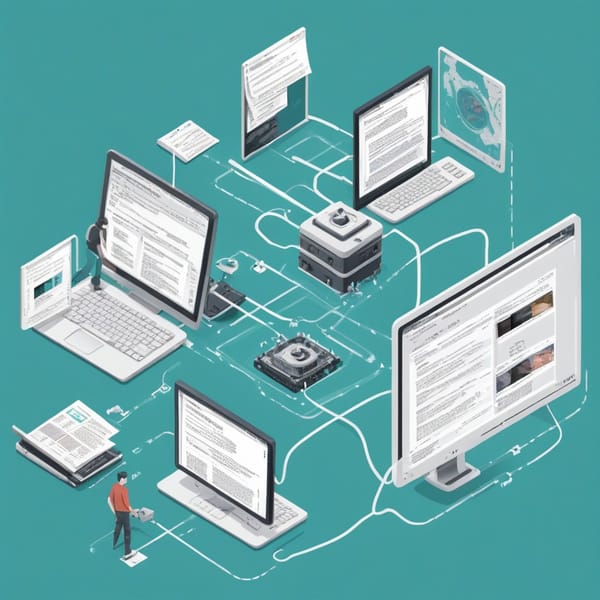Automating Zoom Meeting Summaries with n8n for Efficient Follow-Ups

In today’s fast-paced work environment, meetings are essential but often time-consuming. Capturing key takeaways and action items manually can be tedious, leading to missed details and inefficiencies. Fortunately, automation tools like n8n can streamline this process by generating Zoom meeting summaries automatically. In this post, we’ll explore how to set up an n8n workflow to transcribe, summarize, and distribute meeting notes—saving time and ensuring better follow-ups.
Why Automate Zoom Meeting Summaries?
Manually summarizing meetings is error-prone and repetitive. Automation offers several advantages:
- Saves time – No need to sift through recordings or notes.
- Improves accuracy – AI-powered summaries capture key points without bias.
- Enhances accountability – Action items are clearly documented and shared.
- Facilitates remote work – Distributed teams stay aligned with automated follow-ups.
By leveraging n8n, a flexible workflow automation tool, you can integrate Zoom with AI services like OpenAI or Google’s speech-to-text to create a seamless summary pipeline.
Prerequisites
Before setting up the automation, ensure you have:
1. A Zoom account with recording permissions.
2. An n8n instance (self-hosted or cloud-based).
3. Access to an AI summarization tool (e.g., OpenAI’s GPT).
4. A destination for summaries (e.g., email, Slack, or Notion).
Step-by-Step Workflow Setup
1. Trigger: Detect Zoom Meeting Recordings
n8n can monitor Zoom for new recordings using the Zoom API. Set up a webhook or polling trigger to check for recently ended meetings.
- Use the Zoom Node in n8n to fetch recordings.
- Filter for meetings with recordings (e.g., by date or host).
2. Transcribe the Recording
Convert the meeting audio to text using a speech-to-text service:
- Option 1: Use OpenAI’s Whisper API for high-quality transcription.
- Option 2: Leverage Google Cloud Speech-to-Text.
Configure an HTTP request node in n8n to send the recording to the API and retrieve the transcript.
3. Generate a Summary
Pass the transcript to an AI summarization tool like OpenAI’s GPT-4:
- Use a prompt like:
Summarize the following meeting transcript, highlighting decisions, action items, and key discussion points. Format as bullet points.
- Trim unnecessary details (e.g., greetings, off-topic chatter).
4. Distribute the Summary
Send the summary to stakeholders via:
- Email: Use an SMTP node or services like SendGrid.
- Slack: Post to a dedicated channel with the Slack node.
- Notion/Docs: Update a shared workspace automatically.
5. Schedule Follow-Up Reminders (Optional)
Add a delay node to trigger reminders for action items:
- Send follow-up emails after 24 hours.
- Update task deadlines in project tools like Trello or Asana.
Example n8n Workflow
Here’s a high-level outline of the workflow:
1. Zoom Trigger → New recording detected.
2. HTTP Request → Send audio to Whisper for transcription.
3. OpenAI Node → Generate summary from transcript.
4. Slack/Email Node → Share summary with attendees.
Best Practices
- Test with short meetings first to refine the summarization prompt.
- Include metadata (e.g., meeting title, date, attendees) in summaries.
- Handle errors gracefully (e.g., retry failed transcriptions).
Conclusion
Automating Zoom meeting summaries with n8n reduces administrative overhead and ensures consistent follow-ups. By integrating transcription and AI tools, you can create a hands-free workflow that keeps teams focused on execution rather than note-taking.
Ready to implement this? Deploy the workflow in your n8n instance and start enjoying more productive meetings today!
Would you like a more detailed breakdown of any step? Let us know in the comments!



